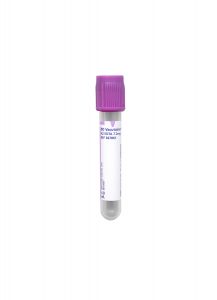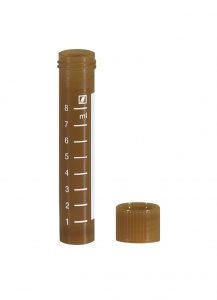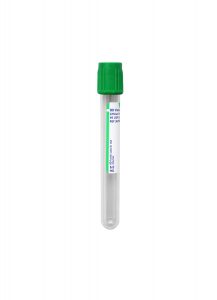Acremonium kiliense
Almond
Alternaria tenuis (alternata)
Amoxicilloyl
Ampicilloyl
Apple
Aspergillus fumigatus
Aspergillus nra
Aureobasidium pullulans
Australian Pine
Avocado
Bahia Grass
Banana
Barley
Basil
Beech
Beef
Bermuda Grass
Birch Tree
Black Pepper
Blue Mussel
Blueberry
Box Elder (Maple) Tree
Brazil Nut
Broccoli
Buckwheat
Cabbage
Cacao (Chocolate)
Carrot
Casein
Cashew Nut
Cat Dander
Catfish
Celery
Cheese Cheddar Type
Cheese Mold Type
Cherry
Chestnut
Chick Pea
Chicken Feathers
Chicken Meat
Chili Pepper
Cinnamon
Cladosporium herbarum (Hormodendrum)
Clam
Cocklebur
Cockroach
Coconut
Codfish
Coffee
Corn
Cottonwood Tree
Cow Epithelium (Dander)
Cow’s Milk
Crab
Cucumber
Dandelion
Dermatophagoides farinae
Dermatophagoides pteronyssinus
Dog Dander
Duck Feathers
Egg White
Egg Yolk
Elm Tree
English Plantain (Ribwort)
Epicoccum purpurascens
False Ragweed
Feather Mix
Firebush (Kocia)
Flounder
Fusarium proliferatum
Garlic
Gelatin
Giant Ragweed
Gluten
Goldenrod
Goose Feathers
Grape
Grapefruit
Green Bean
Guinea Pig Epithelium
Halibut
Hamster Epithelium
Hazel Nut
Helminthosporium halodes
Hickory/Pecan Tree
Honeybee
Horse Dander
House Dust (Greer)
House Dust (Hollister-Stier)
Japanese Cedar
Johnson Grass
June Grass (Kentucky Blue, Meadow)
Kidney Bean
Kiwi
Lamb’s Quarters (Goosefoot)
Latex
Lemon
Lentil
Lettuce
Lime
Linseed
Lobster
Macadamia Nut
Mackerel
Malt
Mango
Meadow Fescue
Melaleuca (Cajeput) Tree
Melon
Mountain Juniper
Mouse Epithelium
Mouse Proteins
Mucor racemosus
Mugwort
Mulberry
Mushroom
Mustard
Nettle
Oak Tree
Oat
Onion
Orange
Orchard Grass
Oyster
Paper Wasp
Parsley
Pea
Peach
Peanut
Pear
Pecan Nut
Penicillins
Penicillium chrysogenum
Penicilloyl G
Penicilloyl V
Pigweed
Pine Nut
Pineapple
Pistachio
Plum
Poppy Seed
Pork
Potato
Pumpkin Seed
Rabbit Epithelium
Raspberry
Red Dye
Redtop Grass
Rhizopus nigricans
Rice
Rough Marshelder
Russian Thistle
Rye Grass
Rye
Salmon
Scallop
Screen
Sesame Seed
Sheep Epithelium
Sheep Sorrel
Shellfish Panel
Short (Common) Ragweed
Shrimp
Sole
Soybean
Squid
Stemphylium herbarum
Strawberry
Sunflower Seed
Sweet Gum
Sweet Potato
Sweet Vernal Grass
Sycamore Tree
Tilapia
Timothy Grass
Tomato
Tree Group
Trichophyton rubrum
Trout
Tuna
Turkey
Walnut
Walnut Tree
Watermelon
Wheat
Whey
White Ash Tree
White Bean
White Faced Hornet
White Hickory
White Pine Tree
Whitefish
Whole Egg
Willow Tree
Yeast
Yellow Hornet
Yellow Jacket (Common Wasp)




